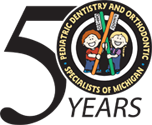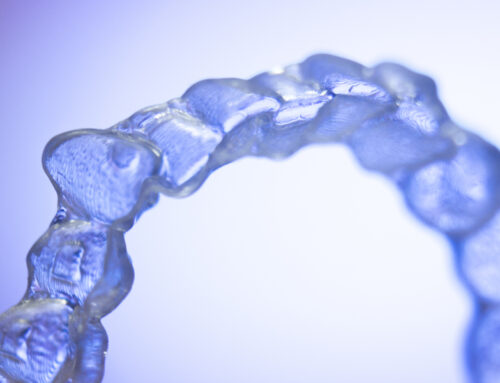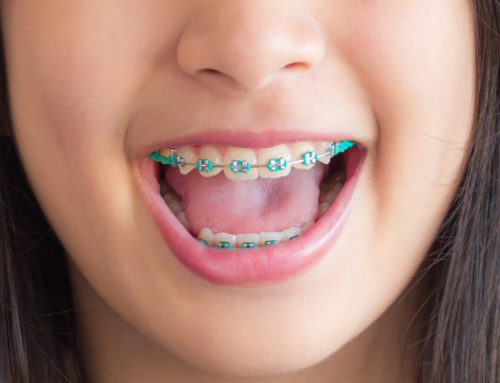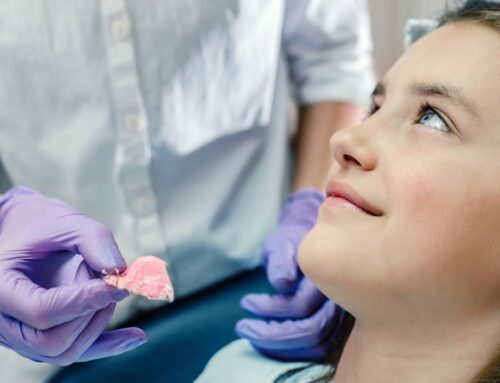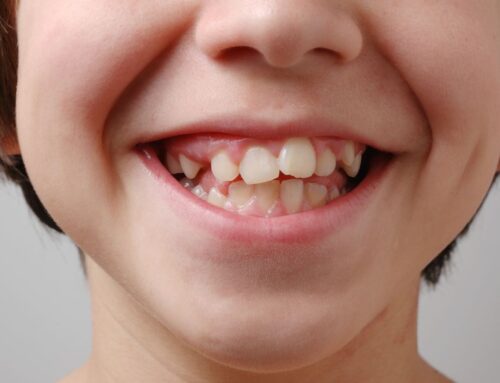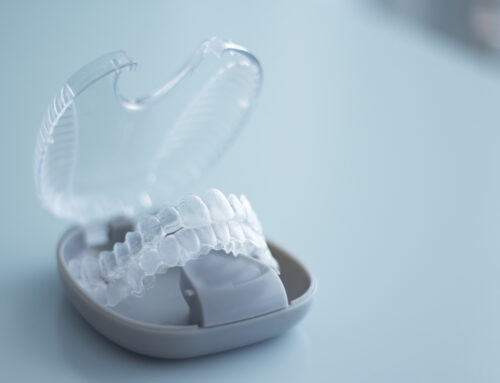Baby teeth can be problematic, but gaps and crooked little teeth can look adorable, and parents don’t think much of them because they’re just going to fall out. Unfortunately, this mindset is what often leads to longer, more extensive treatment once the adult teeth do come in at ages 11 to 12. In this case, two-phase orthodontics could have helped.
What is two-phase orthodontics?
Two-phase orthodontics divides orthodontic treatment into two phases: phase 1 begins at ages 7 to 10, and phase 2 begins at an age when the adult teeth are essentially fully erupted.
What’s in phase 1 orthodontic treatment? Why would baby teeth need treatment?
Well, the short answer is the baby teeth don’t need treatment. Phase I treatment may “use” the baby teeth to push open spaces or to help put the erupted adult teeth in a proper position so they are out of the way of future erupting teeth.
Phase 1 treatment is also called interceptive orthodontics in our office. “This is because the goal of phase I treatment should be to intercept a problem before it becomes something much more difficult to fix if ignored until a later date,” says Dr. AJ.
At this younger age, the gums and supporting bones for the teeth are more pliable and tooth roots are shorter and therefore easier to move. We don’t usually try to fix more growth dependent things like overbites at this time, but we are very interested in correcting asymmetries, relieving blocked out teeth so they can erupt freely, and making sure teeth are protected from trauma and habits are broken.
Phase 1 treatment lasts 10 to 15 months and has very clear goals that you will be aware of before we start treatment. Your child would be given a retainer until phase 2 begins to protect all of the gains from phase I. Phase 2 would be much shorter and less extensive and less expensive because of the accomplishments of the interceptive treatment.
Better outcomes for perfect, happy smiles
A two-phase orthodontic treatment might be best for your child to lessen the difficulty of traditional treatment during puberty. Any of the above issues can prompt your dentist to recommend an orthodontist. Our board certified orthodontists love the opportunity to educate patients and parents about children’s growth and development. “Nothing gives us more satisfaction than telling a parent that their child is developing perfectly and that we will treat their child in one phase during puberty. However, parents thank us extensively for the difference we make for those kids that really did need something intercepted early,” says Dr. AJ.
About Pediatric Dentistry and Orthodontic Specialists of Michigan, the offices of Drs. Plunkett, Ralstrom, Makowski, Thanasas, Ker, and Associates
Pediatric Dentistry and Orthodontic Specialists of Michigan have specialized in pediatric dentistry and orthodontics since 1968. Our family-friendly and newly renovated office gives patients and families a more comfortable and consistent experience with dentistry from the very beginning. Our pediatric dentists treat children from newborn to 18 years of age while our orthodontists provide care for both children and adults and are proud to be Premier Providers of Invisalign and Invisalign Teen services. The ability to treat all patients with compassion and individuality, including those that may have special needs reaches beyond our facility, which has treatment rooms available for children who require additional privacy and customized care options. We pioneered valued hospital affiliations to allow dental services to be performed at DMC Children’s Hospital and St. John Macomb Hospital, when appropriate or necessary, and our specialists are also proud to be on staff at Henry Ford and Beaumont hospitals.
